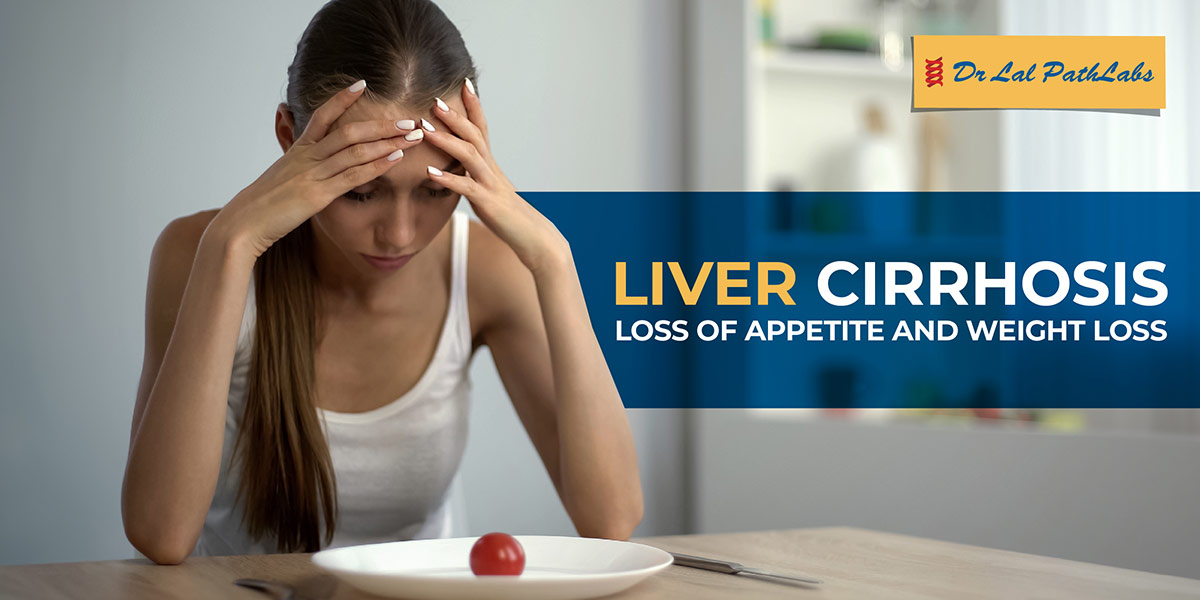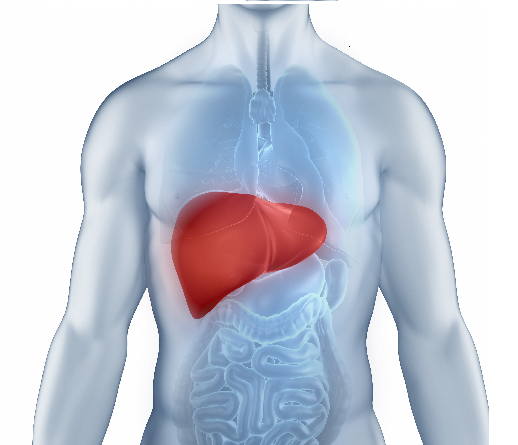Liver Cirrhosis: Symptoms, Causes, and Diagnosis
Overview
Liver Cirrhosis is a progressive disorder where scar tissue gradually builds up in the liver and replaces healthy liver cells. Liver Cirrhosis is the last stage of chronic liver disease and can be caused by various factors such as viral infections, alcohol consumption, toxins, family history, autoimmune disorders, non-alcoholic fatty liver disease (NAFLD), or obesity.
The liver is one of the largest organs in the body and is located in the upper right-hand part of the abdomen and behind the lower ribs.

The liver is associated with many vital functions of the body such as:
- The liver metabolizes and detoxifies drugs and substances that are harmful to the body.
- The liver secretes bile juice into the intestine which helps in dissolving fat and other nutrients from food.
- It serves as a warehouse of glucose inside the body. When there is excess glucose in the body it converts glucose into glycogen bundles and stores it. When there is less glucose in the body it converts glycogen back into glucose.
- Overall the fat in the body is managed by the liver. Once the liver is full of glycogen, the liver starts converting glycogen into fat which is then transported to the rest of the body via the blood.
- The liver serves as a storage house for many critical vitamins like A, D, E, K and B12
- It produces blood clotting factors, proteins, and enzymes, helps maintain hormone balances
What are the symptoms of Liver Cirrhosis?
Liver Cirrhosis may be associated with early signs and symptoms such as:
- Fatigue
- Nausea
- Poor appetite
- Weight loss
- Loss of muscle mass
- Small, red spider-like blood vessels on the skin
As liver function worsens, symptoms may include:
- Swelling in the legs and abdomen due to fluid retention
- Enlarged spleen
- Confusion
- Jaundice
- Dark-colored urine
- Easy bruising and abnormal bleeding
- Low sex drive
- Redness on the palms of the hands
- Pale or clay-colored stools
How is Liver Cirrhosis diagnosed?
The doctor will do a physical examination and may recommend the following tests to diagnose Liver Cirrhosis:
- Blood tests such as Complete Blood Count (CBC), Prothrombin Time Test and INR (PT/INR), Liver Function Test, or Blood Albumin Test
- Imaging tests such as CT Scan, MRI, Endoscopy, or Ultrasound
- Liver biopsy to confirm the diagnosis
What are the complications caused by Liver Cirrhosis?
Liver Cirrhosis can lead to serious complications such as:
- Bleeding disorders
- Build up of fluid in the abdomen
- Enlarged veins in the esophagus, stomach, or intestines that bleed easily
- Increased pressure in the blood vessels of the liver
- Kidney failure
- Liver cancer
- Mental confusion
- Enlarged spleen
- Gallstones
How is Liver Cirrhosis treated?
The objective of Liver Cirrhosis treatment is to slow down the buildup of scar tissue and prevent or treat other health conditions. In many cases, there is a possibility to delay or stop any further liver damage.
The best way to avoid and manage Liver Cirrhosis is to take active steps toward a healthy life. The following are some recommendations that will help keep the liver functioning as it should:
- Avoid alcohol or illegal drugs
- Exercise regularly
- Opt for healthy food choices low in sodium
- Avoid raw or undercooked meat and shellfish
- Maintain healthy weight
- Practice safe sex
- Get vaccinated especially against hepatitis A and B and diseases such as yellow fever, which grow in the liver.
- Manage and control underlying conditions such as hypertension, diabetes, and high cholesterol
Disclaimer:
This blog is for informational purposes only and should not be construed as advice or as a substitute for consulting a physician. It is not a substitute for medical advice or treatment from a healthcare professional.













